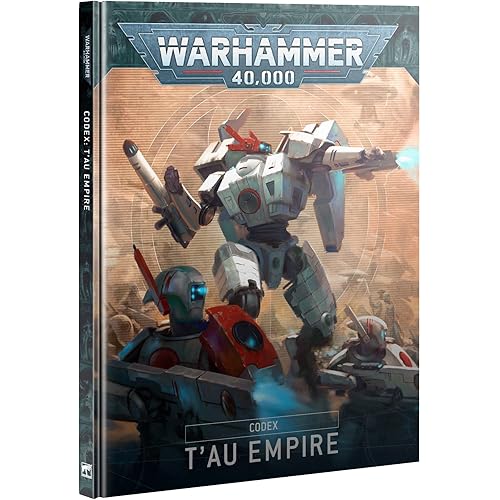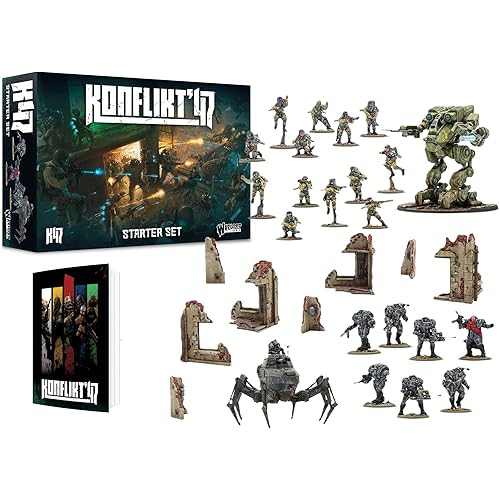







Buy Now, Pay Later
- – 4-month term
- – No impact on credit
- – Instant approval decision
- – Secure and straightforward checkout
Ready to go? Add this product to your cart and select a plan during checkout.
Payment plans are offered through our trusted finance partners Klarna, Affirm, Afterpay, Apple Pay, and PayTomorrow. No-credit-needed leasing options through Acima may also be available at checkout.
Learn more about financing & leasing here.
Selected Option
30-day refund/replacement
To qualify for a full refund, items must be returned in their original, unused condition. If an item is returned in a used, damaged, or materially different state, you may be granted a partial refund.
To initiate a return, please visit our Returns Center.
View our full returns policy here.
Edition: 2014 Edition
Features
- Fill your Dungeons & Dragons games with pesky goblins and mighty dragons for players to battle or beguile, outwit or outrun
- Over 150 ready-to-play D&D monsters
- Over 400 stat blockswith all the info a Dungeon Master needs to run encounters
- Detailed descriptions and beautiful illustrations
- 1 of 3 D&D Core Rulebooks for 5th editionthe Players Handbook (rules for playing the game), the Dungeon Masters Guide (how to run the game), and Monster Manual (creatures to encounter in your game)
Description
A menagerie of deadly monsters for the world's greatest roleplaying game. The Monster Manual presents a horde of classic Dungeons & Dragons creatures, including dragons, giants, mind flayers, and beholders a monstrous feast for Dungeon Masters ready to challenge their players and populate their adventures. The monsters contained herein are culled from the D&D game's illustrious history, with easy-to-use game statistics and thrilling stories to feed your imagination.
Product Dimensions: 8.54 x 0.86 x 11.14 inches
Item Weight: 0.042 ounces
Country of Origin: China
Item model number: A92180000
Manufacturer recommended age: 14 years and up
Is Discontinued By Manufacturer: No
Release date: September 30, 2014
Language: English
Manufacturer: Wizards of the Coast
Frequently asked questions
To initiate a return, please visit our Returns Center.
View our full returns policy here.
- Klarna Financing
- Affirm Pay in 4
- Affirm Financing
- Afterpay Financing
- PayTomorrow Financing
- Financing through Apple Pay
Learn more about financing & leasing here.




















